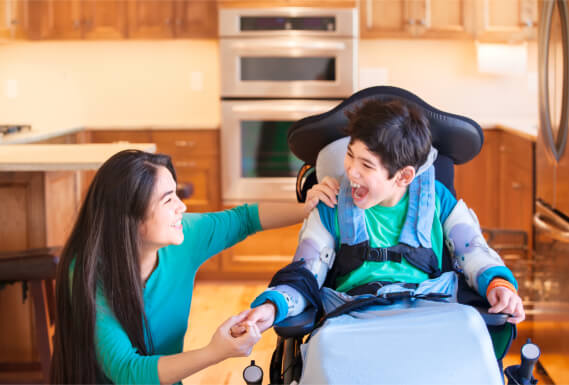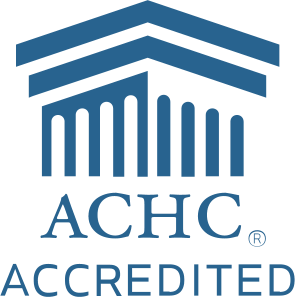
You may have heard of the word Cerebral Palsy (CP) for the first time, but it wouldn’t be surprising if you have seen this actual physical condition. According to the Centers for Disease Control and Prevention, CP affects approximately 1-4 children out of 1,000 all over the world.
CP is the combination of the words “cerebral” and “palsy”. The former refers to a malfunction in a brain region; the latter refers in complications in body movement. For this reason, CP is characterized by the disability of the body’s motor functions to coordinate, which results to complications in a kid’s seeing, hearing, and other senses.
As a provider of Home Health Care, let us share with you this set of supplementary information about CP:
- Symptoms
Depending on how mild or severe the disorder has reached, the notable symptoms of CP include the following:
- Delayed motor development such as crawling, sitting up, or rolling over
- Muscle tones are either too soft or too hard, and reflexes are exaggeratingly quick
- Delayed speech development
- Episodes of tremors or involuntary actions
- Presence of neurological issues such as seizures and intellectual disability
- Causes
CP is caused by an abnormality during the process of brain development, which hits the brain region controlling motor abilities. The most common instance of brain damage happens before childbirth, although it can also happen in the first years of a kid’s life. CP can be caused by either of the following:
- Insufficient oxygen when the baby was about to be delivered
- Infections acquired by the mother during pregnancy
- Bleeding inside the brain
- Falls or injuries to the head
- Risk factors
CP is particularly risky for babies under the following circumstances:
- Born prematurely
- Born with very low weight
- Being part of multiple births
- Born from a breech position
- Mother and child’s incompatible Rh
- Pregnant mother’s exposure to poisonous substances
- Types
CP falls into at least four types, which are reflective of the specific brain part that has been affected.
- Spastic CP – very common CP, and characterized by rigid muscles and excessive reflexes that contributes to their difficulty in walking
- Dyskinetic CP – characterized by difficulty in controlling the movements of their body, particularly in the arms, legs, and hands
- Hypotonic CP – characterized by very weak muscles that result in floppy movements particularly of the arms
- Ataxic CP – characterized by movements of the muscle that are usually jerky and disorganized
Note: There is also a mixed CP, which is characterized by a combination of the four types.
At Novena Health Care, we have skilled care providers who can assist you in looking after the needs of a child with CP, especially in providing Home Care Services in Bowie, Maryland. Set an appointment with us to know how else we can be of service to you.
Do you know a friend who needs assistance in caring for a loved one with CP? Refer us to them.







